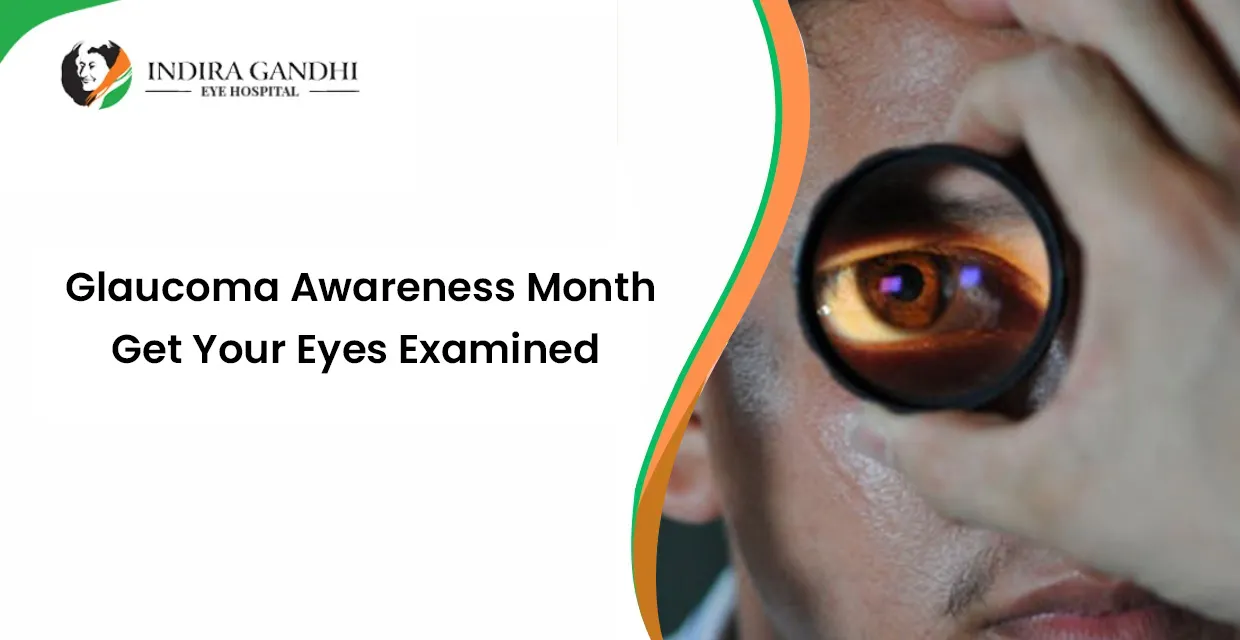What is Glaucoma? A Deep Dive into Its Causes and Impact
Glaucoma, a leading cause of irreversible blindness globally, is a group of eye conditions that damage the optic nerve, vital for good vision. This damage is often caused by abnormally high pressure in the eye. Glaucoma can occur at any age but is more common in older adults.
The Silent Thief of Sight: Symptoms and Diagnosis of Glaucoma
Often called the "silent thief of sight," glaucoma can progress undetected until the optic nerve already suffers significant damage. Early detection through regular eye exams is critical. Common symptoms include patchy blind spots in peripheral or central vision, tunnel vision in advanced stages, and severe headache, eye pain, nausea, and blurred vision in acute cases.
Types of Glaucoma: Understanding the Variants
Open Angle Glaucoma: The most common form, characterised by the slow clogging of drainage canals, resulting in increased eye pressure.
Angle Closure Glaucoma: This type involves a sudden rise in eye pressure due to a blocked drainage angle, requiring immediate medical attention.
Normal Tension Glaucoma: Here, optic nerve damage occurs despite normal eye pressure.
Paediatric Glaucoma: A rare type affecting infants and children, caused by drainage blockages or other eye conditions.
Treatment and Management: Preserving Vision and Quality of Life
Early detection and careful, lifelong treatment can preserve vision. Treatment options include prescription eye drops, oral medications, laser treatment, and various surgical procedures, depending on the type and severity.
Eye Drops and Medications: First Line of Defense
Eye drops help reduce the formation of fluid in the eye or increase its outflow, thereby reducing eye pressure. Adherence to medication schedules is crucial for effective treatment.
Advanced Options: Laser Therapy and Surgery
Laser trabeculoplasty, iridotomy, and various filtering surgeries are performed to improve fluid drainage. Minimally invasive glaucoma surgeries (MIGS) are increasingly becoming popular due to their safety profiles.
Living with Glaucoma: Lifestyle Adjustments and Regular Monitoring
Patients with glaucoma should have regular comprehensive eye exams. Lifestyle modifications, such as regular exercise and a healthy diet, can support overall eye health. Avoiding activities that increase eye pressure, like heavy lifting or inverted yoga positions, is also advisable.
National Glaucoma Awareness Month: Spreading Knowledge and Hope
January, observed as National Glaucoma Awareness Month, is an opportune time to educate the public about the importance of regular eye check-ups, especially for high-risk groups. It's a call to action to prevent avoidable blindness through awareness and early diagnosis.
Conclusion: A Proactive Approach to Eye Health
Understanding glaucoma, its symptoms, types, and treatment options is key to managing this condition effectively. As we observe National Glaucoma Awareness Month, it's crucial to highlight the role of premier hospitals in India such as the Indira Gandhi Eye Hospital & Research Centre. They are instrumental in providing advanced Glaucoma treatment in India, emphasising the need for regular eye care and the potential of cutting-edge treatments in preserving vision. By aligning with such centres of excellence, staying informed, and adopting a proactive approach, we can safeguard our eyesight and enhance the quality of life for those affected by glaucoma.


